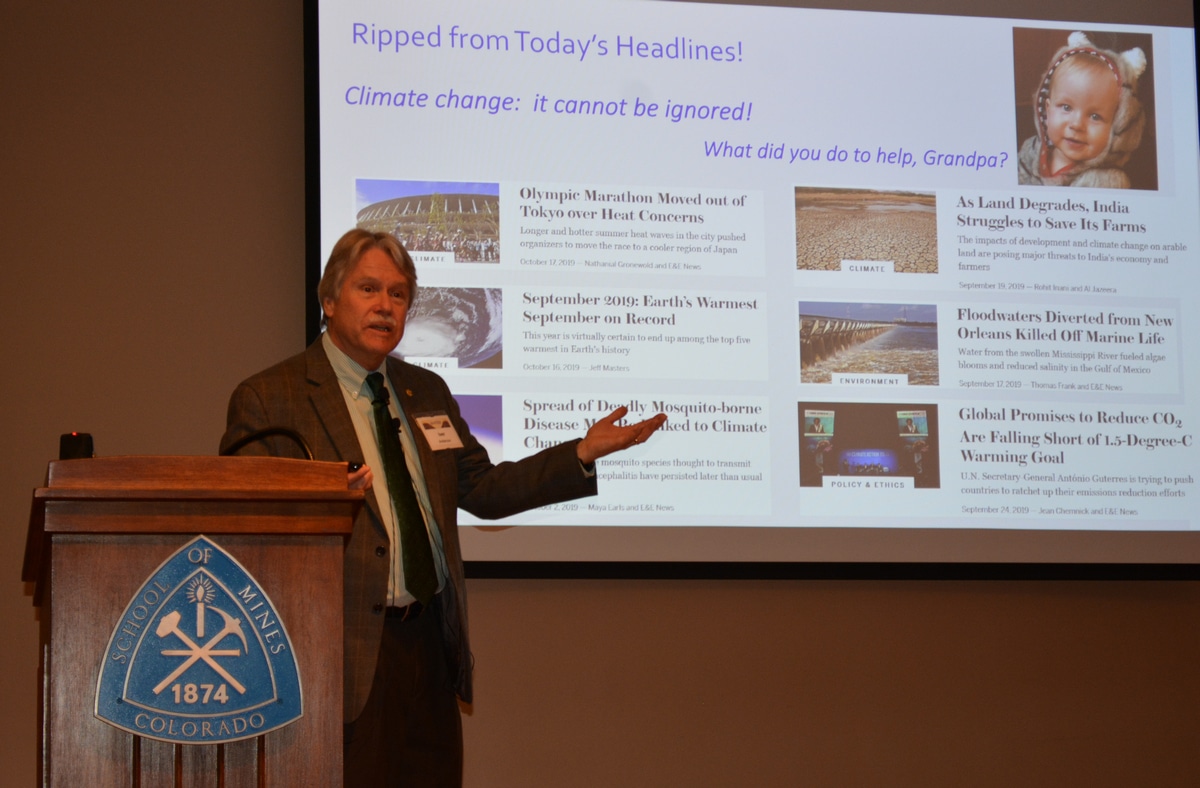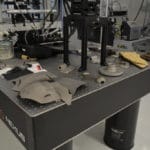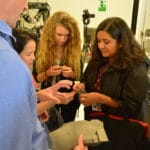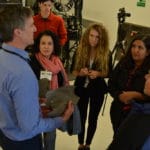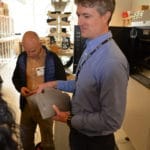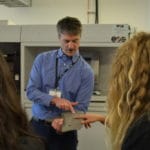Tennessee Tech College of Engineering professor, Dr. Ismail Fidan, and his team were awarded the 2020 Leighton E. Sissom Innovation and Creativity Award for their work on the Golden Eagle Additively Innovative Virtual Lecture Series.

AM News has covered these events each time over the past few years and each one provides insights and knowledge from additive manufacturing experts from around the world.
Leading authorities such as Wohlers Associates Inc. (in which Dr. Fidan is one of their associate consultants) state that AM is a breakthrough technology that represents the fourth industrial revolution. It is seen as a transformative advancement because it enables distributed manufacturing and the production of parts on demand while also reducing cost, energy consumption and carbon footprints. Since many do not know about these advances, including students and faculty at other institutions, this semester-long series provides an essential look into what is coming in manufacturing technologies.
The team received a $2500 cash award and an award plaque on Thursday, February 20, 2020 at the College of Engineering Awards Banquet. As the coordinator, Dr. Fidan finds speakers for each event and organizes the flyer and schedule. It should be noted that he has won this award three times (see below), helping to keep innovation in everyone’s mind. Dr. Terry Guo serves as the IT person arranging the online video platform, Zoom, is working properly for all speakers. He also records the speaker presentations so that people can listen later, if desired. Michelle Davis does the introductions and web publishing.
-
-
- 2004: Establishing a Rapid Prototyping Laboratory with NSF funds for Tennessee Tech
- 2013: Establishing a Remotely Accessible Additive Manufacturing Laboratory for Higher Education Students at Tennessee Tech University, Tennessee Board of Regents School Students and other students in the nation for their classroom needs.
- 2020: Establishing and Operating the Additively Innovative Virtual Lecture Series for the last 9 semesters. Educating 1,000-plus people on the latest trends and technologies in Additive Manufacturing with talks from prestigious speakers around the world. You can see the latest flyer here or the full archive here.
-
The Lecture Series is partially funded by NSF Award – 1601587

